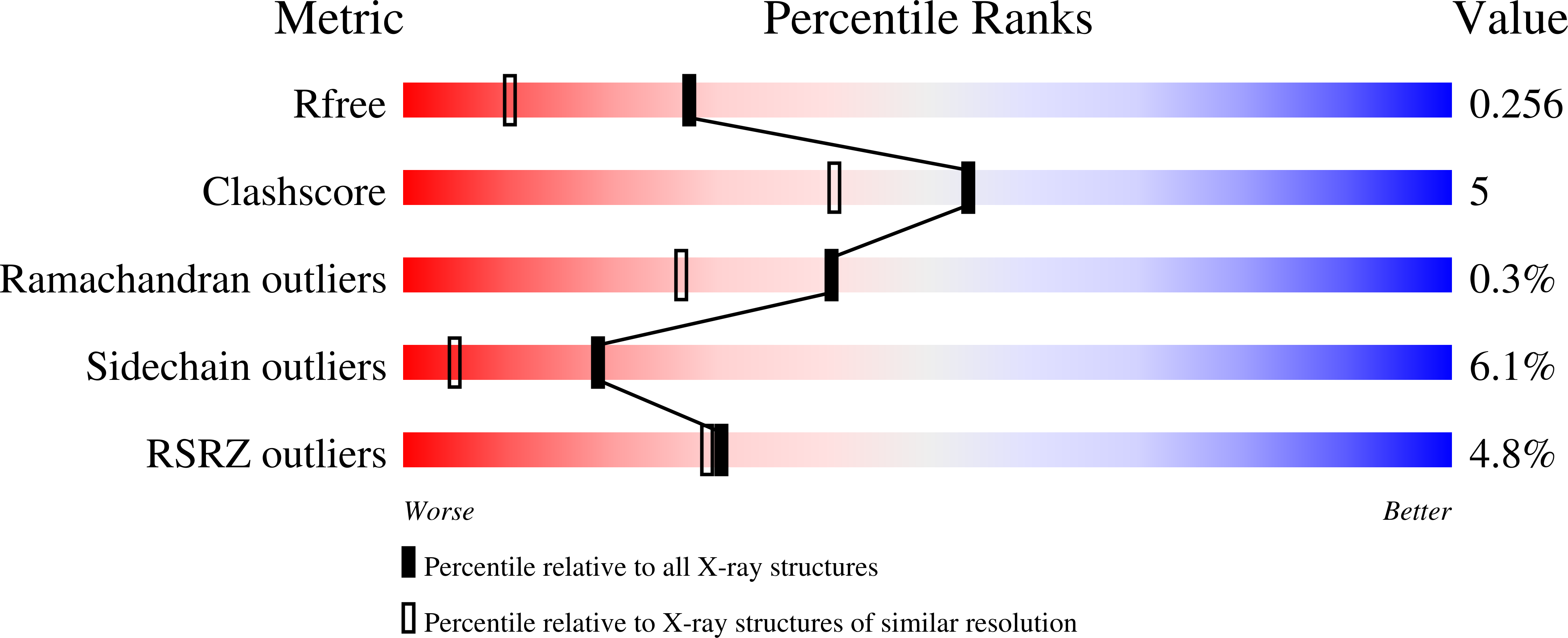
Deposition Date
2010-03-05
Release Date
2010-03-16
Last Version Date
2023-09-06
Entry Detail
PDB ID:
3M1N
Keywords:
Title:
Crystal structure of Human Sonic Hedgehog N-terminal domain
Biological Source:
Source Organism:
Homo sapiens (Taxon ID: 9606)
Host Organism:
Method Details:
Experimental Method:
Resolution:
1.85 Å
R-Value Free:
0.25
R-Value Work:
0.20
R-Value Observed:
0.20
Space Group:
P 1 21 1


